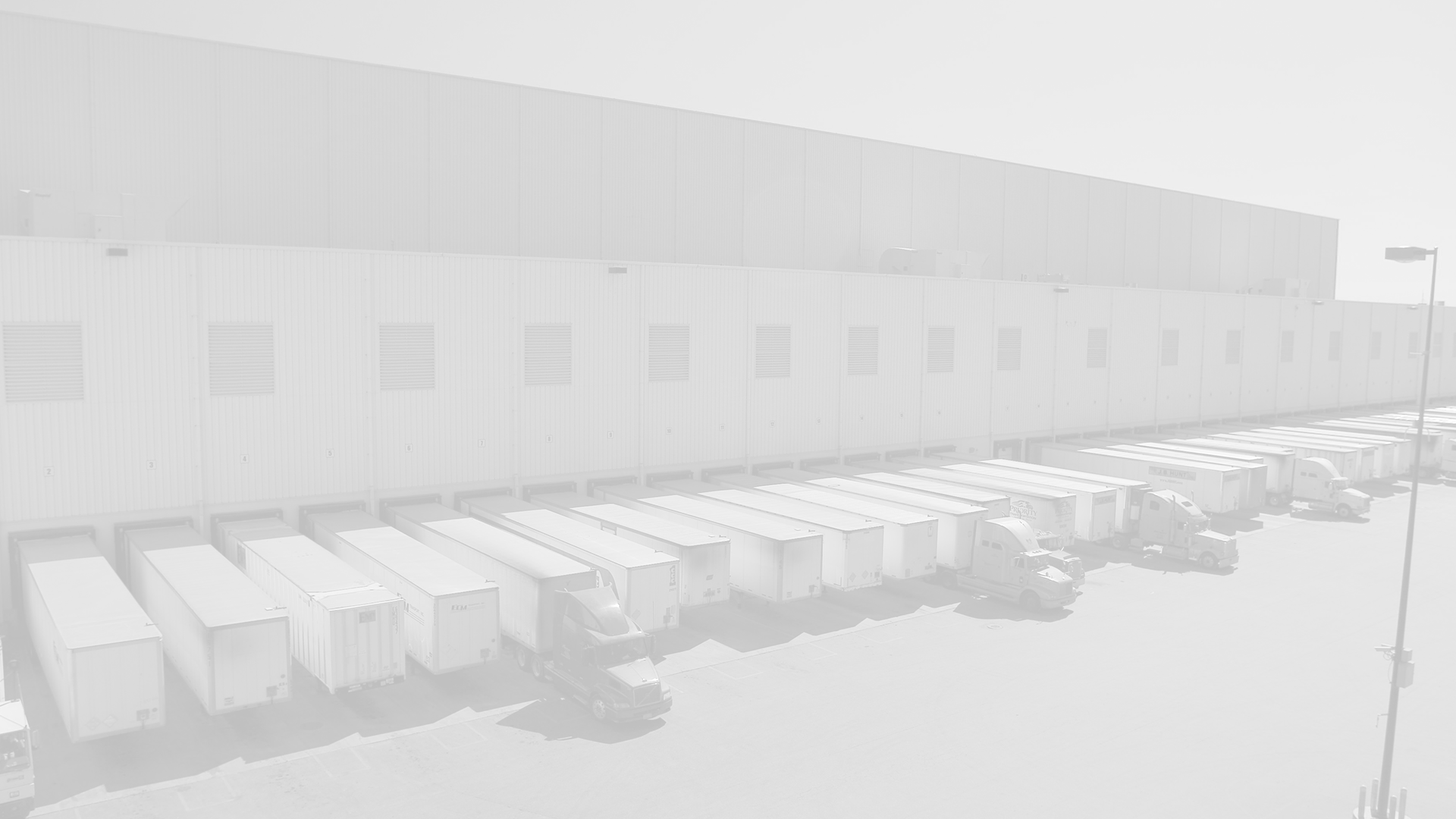That’s starting to change as more and more e-commerce companies warm to the benefits of brick-and-mortar. Warby Parker, a sunglasses brand that started out online in 2010, has set up six stores since opening its first in Manhattan’s SoHo neighborhood last year.
Why?
It turns out that customers buy way more stuff if they can actually see, feel and try on items in person. Andy Dunn of Bonobos, a men’s clothing brand that started out as an e-commerce company in 2007, told Bloomberg that only 5% of visitors to the company’s website make a purchase. In its 10 stores, that number is 83%.
Other online companies like Etsy, Everlane, Birchbox and Harry’s have also dabbled in setting up physical stores, often experimenting with temporary locations or popup shops before devoting more resources.
Meanwhile, traditional brick-and-mortar brands are getting smarter about integrating online efforts with their physical outlets. Nordstrom JWN +0.75% sets the pace among department stores. It bought HauteLook, a flash sales site, for $180 million in 2011 and invested $16 million into Bonobos. Web sales at the company grew 33% last quarter and it’s using brick-and-mortar locations as distribution centers for fast shipping.
Other retailers are following suit, at the very least integrating their online inventories with those of their stores. The latest crop of tablet-ready POS systems, like Lightspeed, Revel and Tulip Retail, are helping streamline the process.
Top Brands Now Start Online
For years, one name has struck fear into hearts of young e-commerce entrepreneurs: Amazon. The online retail giant has a reputation for ruthlessly competing against upstarts, undercutting them on price and diverting millions of marketing dollars to drive them out of business.
So how do you build an Amazon-proof online retail business? In short, make your own stuff. (Bessemer’s Jeremy Levine pointed this out in an interview last year.) More and more, we’re seeing online brands emerge that control every aspect of their businesses, from design and manufacturing to technology and distribution.
So instead of taking clothes from, say, Calvin Klein and selling them over the Web, companies are now making their own clothes and creating their own fashion brands. This control allows them to match traditional competitors on quality while undercutting them on price.
There’s Warby Parker for sunglasses, Chloe & Isabel for jewelry, Chubbies for shorts, even MeUndies for underwear and Tuft and Needle for beds.
The biggest retail brands of the next decade are being built online, right now.

